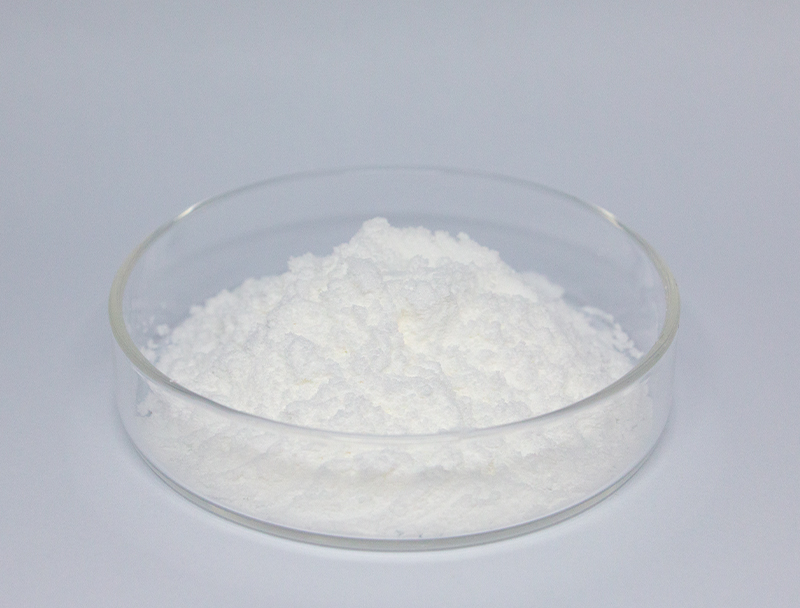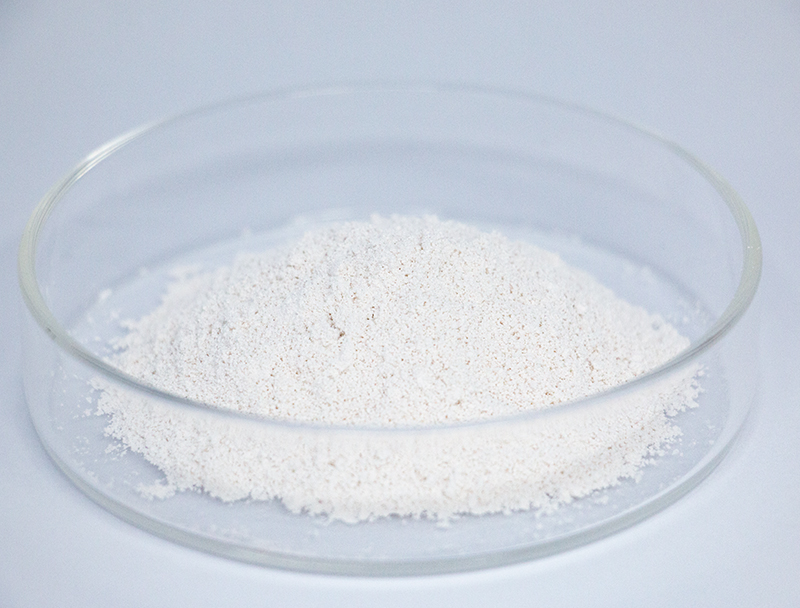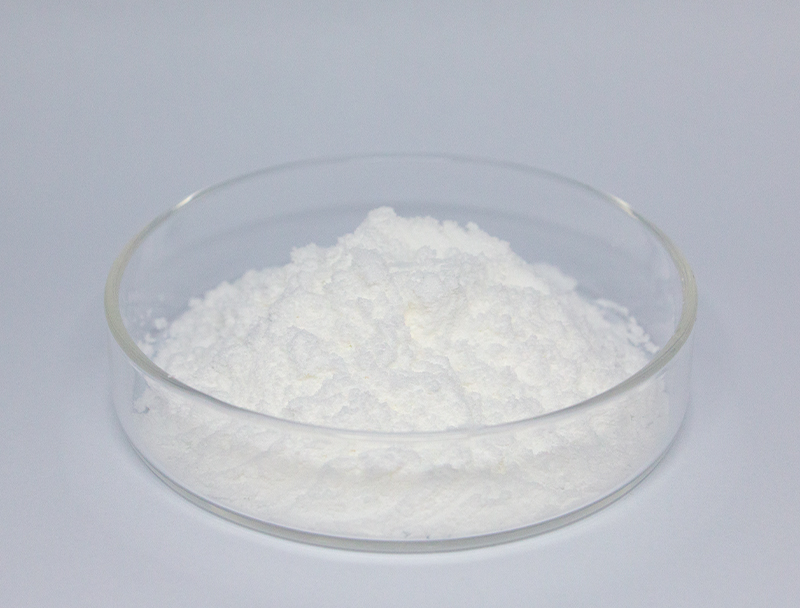
Biotech manufacturing draws predominantly from a diverse spectrum of substrates for generating cutting-edge biobased goods.
Assuring the sustainable sourcing of these resources underpins enduring viability and ethical market growth.
several issues arising from typical material sourcing including carbon-intensive impacts and resource exhaustion. Thus, organizations must explore circular sourcing options to lessen environmental harm.
- Examples of sustainable sourcing practices include:
- Integrating compostable agricultural waste into supply chains
- Adopting looped production models to decrease loss and amplify reuse
- Teaming up with provincial partners who practice sustainable procurement
This shift towards sustainable raw material sourcing is not only environmentally beneficial but also economically viable in the long run.
Enhancing Biomass Composition for Superior Biofuel Results
Optimizing biofuel yields depends strongly on feedstock quality and makeup. Research teams persist in studying techniques to boost feedstock performance, yielding greater biofuel outputs and greener energy prospects. Efforts pair genetic enhancement for feedstock abundance with advanced pretreatment to produce usable sugars.
- Similarly, research probes algae, byproduct streams, and harvest remnants as potential sustainable sources to augment biofuel feedstocks.
- Thanks to continuous exploration the sector is prepared to realize considerable strides toward an eco-friendlier energy mix.

Biopharmaceutical Manufacturing: Advancements in Upstream Processing
entails beginning production stages such as cell growth and biomass recovery Current advancements have streamlined operations and improved bioproduct yields.
Notable improvements feature new expression systems, refined media recipes, and automated reactor platforms. These advances improve throughput while lowering both operational expenses and ecological footprints.
- Concurrently, continuous manufacturing approaches bring amplified flexibility and more consistent upstream outcomes.
- The adoption of higher-tech manufacturing practices will likely disrupt traditional models and speed therapeutic launches.

Molecular Editing Strategies to Increase Bioproduct Output
evolutions in genetic modification techniques have optimized therapeutic biosynthesis. Through focused genomic edits within host strains, scientists increase expression of desired therapeutic proteins. The technique provides opportunities to manufacture economical, high-yield therapeutics for varied indications.
Using Microbial Systems for Site-Specific Remediation
advanced microbe-driven remediation methods to treat contaminated sites sustainably. Microorganisms possess the remarkable ability to degrade and transform harmful pollutants into less toxic substances.. Applying microbial remediation systems creates low-impact cleanup options that address contamination efficiently.. Research teams analyze microbial diversity to find candidates that metabolize heavy metals, break down pesticides, and treat oil-contaminated matrices.. These microbes operate in engineered systems or direct environmental applications to metabolize and remove contaminants.
Biological remediation using microbes yields meaningful benefits compared to conventional strategies. This route is often more affordable and reduces the formation of toxic residues. Also, microbial interventions offer targeted remediation that minimizes collateral ecosystem disturbance. Research progresses swiftly to enhance microbial remediation efficiency and practical effectiveness.
Digital Methods Accelerating Pharmaceutical Discovery
Computational biology approaches are becoming vital across contemporary drug R&D. By leveraging complex datasets, bioinformatics expedites discovery and optimizes candidate safety and potency.
- Through evaluating comprehensive genomic, proteomic, and clinical data, teams detect novel targets and predict drug action.
- Also, in silico modeling of molecular interactions accelerates optimization toward more selective therapeutics.
- Ultimately, bioinformatics modernizes development workflows and expedites access to safe, beneficial medicines.
Synthetic Biology Routes for Elevated Bioproduct Synthesis
implements many strategies to improve microbial output of desired bioproducts. Techniques span CRISPR-mediated edits to reshape pathways, synthetic control elements to fine-tune expression, and gene imports to grant new biosynthetic abilities.. By fine-tuning these processes, engineers can significantly increase the yield of desired bioproducts.
This multifaceted approach has the potential to revolutionize a broad range of industries, including biopharmaceuticals, agriculture, and bioenergy.

From Lab to Plant: Challenges and Opportunities in Biomanufacturing Scale-Up
Transitioning to higher volumes entails serious complications and potential rewards. Keeping consistent product performance at elevated volumes is a significant challenge. Addressing it demands strong process governance, accurate real-time analytics, and advanced measurement systems.

Additional complexity arises because biopharma production entails many coordinated stages.. Converting small-scale procedures to plant-scale operations necessitates extensive innovation and optimization.. Nevertheless, the upside can be significant. Successful scaling up can lead to increased access of life-saving therapies, reduced production costs, and enhanced profitability.
Different initiatives are progressing to solve scale-up constraints. Plans feature next-gen optimization hardware, sophisticated real-time analytics, and forward-looking production strategies.
- Development efforts are also playing a crucial role in advancing biopharmaceutical production capabilities.
- Regulatory bodies are modernizing pathways to accelerate approval of advanced production technologies and support innovation.
Charting Regulatory Pathways for Biologics to Safeguard Patients
Bringing biologics to market involves rigorous regulation designed to protect patients and confirm therapeutic benefit. Biologically derived medicines entail particular manufacturing and regulatory complexities compared with chemical drugs.
Bodies like FDA and EMA shape the regulatory landscape and set benchmarks for evaluating innovative therapies..
Rigorous testing protocols are mandatory throughout the development lifecycle, from pre-clinical research to post-market surveillance.. Those requirements help reveal risks and confirm that biologics satisfy stringent safety criteria..
Concurrently, regulatory organizations fine-tune methods to remain compatible with quick scientific advancements. Actions include accepting new technologies and streamlining development channels while safeguarding patient health.

Harnessing Plant Feedstocks to Create Biodegradable Plastics
The growing need for sustainable materials has led to a surge in research and development of renewable options. Using plant feedstocks to make bioplastics gives a promising direction for sustainable material development. Biomass sources such as cornstarch, cellulose, and sugarcane are usable to produce plastics that biodegrade and reduce ecological impact.
Similarly, selected bioplastics offer analogous properties to traditional plastics suitable for many applications.. Continuous R&D will drive plant biomass into scalable bioplastic manufacture and help establish closed-loop material systems.
Biotechnology Driving Advances in Health and Agricultural Stability
Advanced biotech approaches can reshape healthcare delivery and enhance agricultural resilience. By applying gene editing, synthetic biology constructs, and cellular therapies, scientists create tools to fight disease, raise yields, and boost nutrition.. Illustratively, crops altered for pest resistance and stress N-Acetylneuraminic acid endurance support increased harvests and diminished pesticide usage.. Additionally, biotech enables faster vaccine development, novel antimicrobials, and precise diagnostics critical to infectious disease control and health improvement.. Looking forward, continued biotech progress promises to deliver therapies and agricultural solutions that support health and sustainability worldwide.
